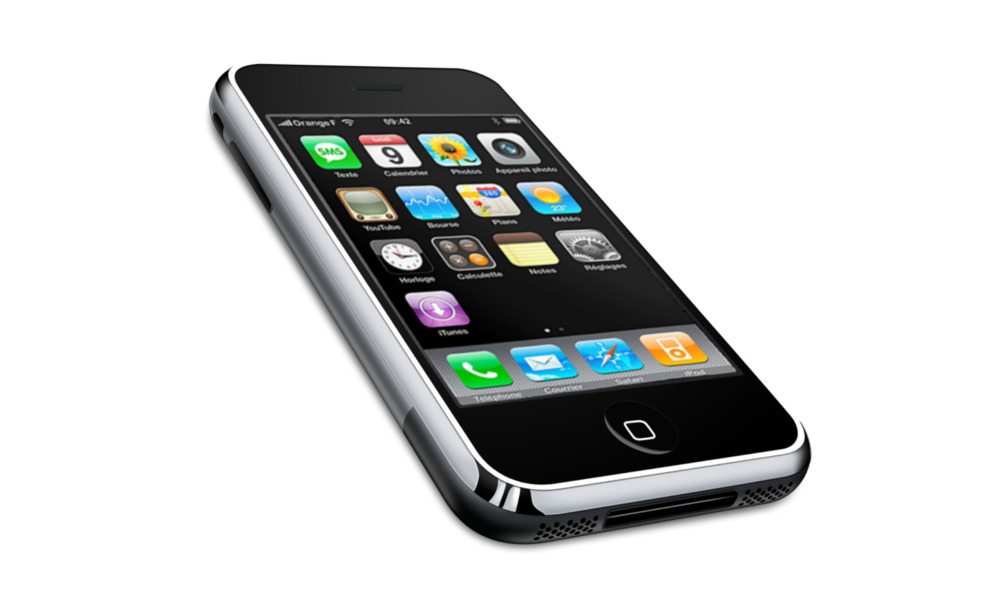Development of the Original iPhone Was Apple’s Best-Kept Secret, According to a Former Product Engineer

Toggle Dark Mode
While Apple is notorious for maintaining a firm grasp over the secrecy of its most game-changing, still-in-development products – as evidenced several times before, a former engineer with deep, intimate knowledge of the original handset’s upbringing appears to divulge a litany of additional details about exactly how secretive it’s development actually was.
In a recent inquiry posed to members of the popular inquiry-response website, Quora, former iOS engineer, Terry Lambert, fills us in on the Cupertino-company’s almost ritualistic tendencies to keep the details of its original cash cow under wraps. Lambert, according to the post, joined Apple’s iPhone project back in 2006-2007 as a late-stage iOS kernel debugger, ahead of the device’s launch in June, 2007.
In his initial response to the inquiry “What was it like working on the first iPhone?”, Lambert notes, first and foremost, that Apple was particularly heavy on the “black cloths” – in that the company employed them generously in an attempt to shield the intricate details of its projects from being leaked to the public.
“If you ever work at Apple, black cloths are how they cover secret projects; you pretend not to see them; it’s a kind of willful ignorance,” Lambert alleges. “I only got to see the machine doing the remote debugging, not the target — but it was obviously an ARM based system. If you want a clever halloween costume for Apple, buy a black sheet, cut eye holes, and go as a ‘secret project’.”
Lambert goes on to contend that not only did Apple require him to sign an extensive non-disclosure agreement (NDA), but that the Cupertino-company actually gave different groups of people working on the project a different internal codename, altogether, which was apparently Apple’s primary method by which to catch employees who may willfully try to skirt their NDA-related obligations. He also spoke openly about a so-called “secret lab” that was independent of the main laboratory, which Apple only granted access to those who faithfully complied with the terms set forth in their NDA’s.
“After the read in, you got access to the ‘secret lab.’ That’s a lab inside the main lab. You may have access to the regular lab, but not the ‘secret lab.’ You didn’t really get to see the form factor, because when you are doing the initial work, it’s all prototypes on plexiglass,” Lambert noted, adding a bit of irony to the previous rumor that the project was internally dubbed ‘Project Purple’ because “the special cables you used to talk to the pre-production units were actually purple.”
Year after year, Apple’s iPhone remains one the tech-industry’s most highly anticipated gadgets; and while the devices, themselves, are certainly enough to marvel over in their own capacity, we have seldom gotten the real “inside-scoop” about what goes on behind-the-scenes up at One Infinite Loop – so Lambert’s descriptive “story from the front-lines” tells us quite a bit of the extent to which Apple works to maintain its secrecy. Even though, in today’s present day technological landscape, it’s become increasingly challenging – if not downright impossible – for Apple to keep its secrets under wraps.






